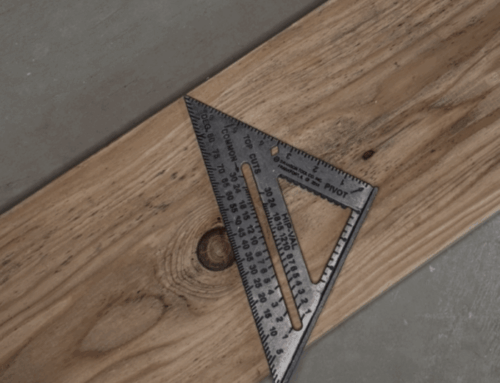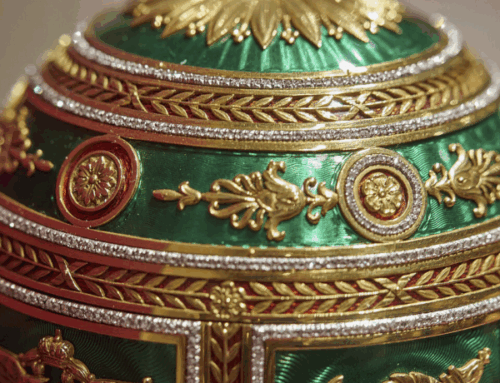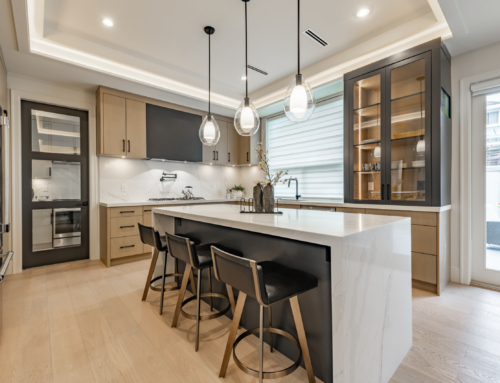Random Thoughts on “Big Box” Styling
When you walk through the home furnishings aisles in any of the “big box” retail stores, you will find that textiles, lighting and accessories are all offered in a general color range of brown, beige, or off-white. You may find the occasional splash of low-grade red or green in items like curtains or rugs, but that’s as much diversity of style as you will find.
We find this limited color scheme off-putting, especially when there are so many wonderful small boutique suppliers online and in most towns where you can find better quality items in a much broader color scheme that are created to work with the era of your home.
The following are some pointers on finding good quality, “out-of-the-big-box” materials:
- Tile. Tile is made of clay with some color added into the mix of the glaze. Better colors, even earth tones, cost more than listless tans and beiges. Similarly, a deep glaze tile costs more than the thin surface on a cheap tile. However, a quality white tile doesn’t cost very much more than an inferior tan tile, yet it looks so much better!
- Cabinetry. Cabinets that are made of natural materials, like wood, should look like real wood. The finish on a cheap wood cabinet will look more like plastic and will not be deep or interesting to look at. Need a point of reference? Go to any good antique furniture store and examine what the wood looks like. You’ll see French polish, milk paint, varnish, oil or waxed finishes … with no “plastic” on display. Those old pieces have served generations of people and actually increased in their value! If you are looking at painted cabinetry, the signature advantages of good quality products are that they will age gracefully and retain their crisp color over time. Conversely, cheap painted cabinetry will discolor, and the finish will be hard to keep clean.
- Metal Finishes. Metal is another material group that should never look like plastic. A well-crafted item made of metal will last generations. For example, a 1910 nickel faucet can still be in great working order after it gets a new washer. With age, it will get a soft patina, while a new, high-gloss brass or low-end chrome fixture will have no depth of color, and the surface will quickly pit.
- Plastic Accessories. Plastic has its place and is perfectly fine for certain uses, as long as it is stable, long-lasting plastic, such as Bakelite, which became popular for use in fashion and industrial design items in the 1920s. New plastics, such as the recent makeover of the classic aluminum Emeco chair, incorporate fewer petrochemicals and more recycled and organic components.





